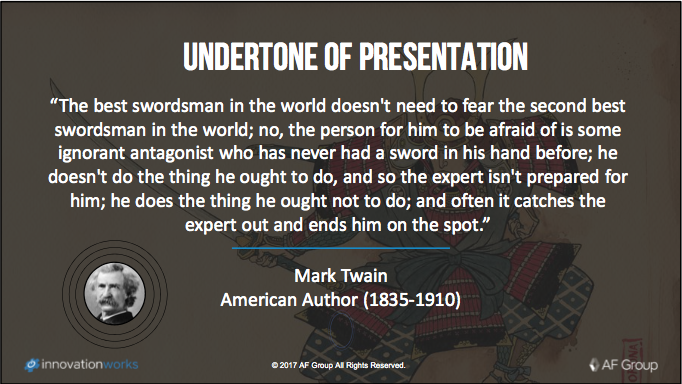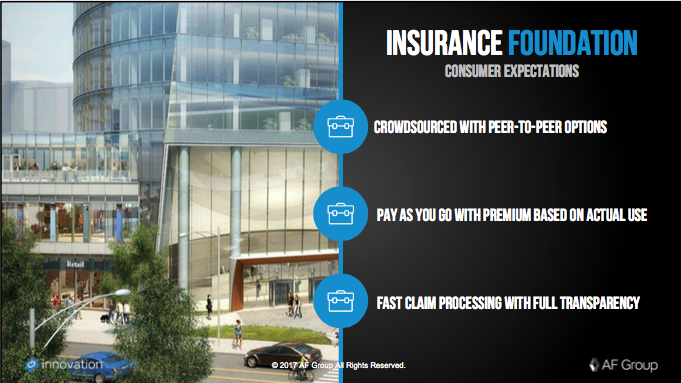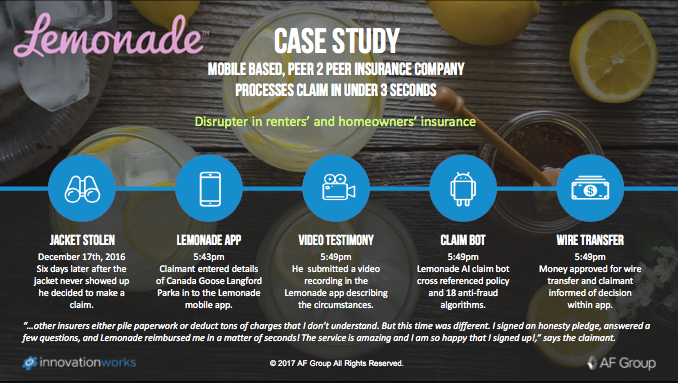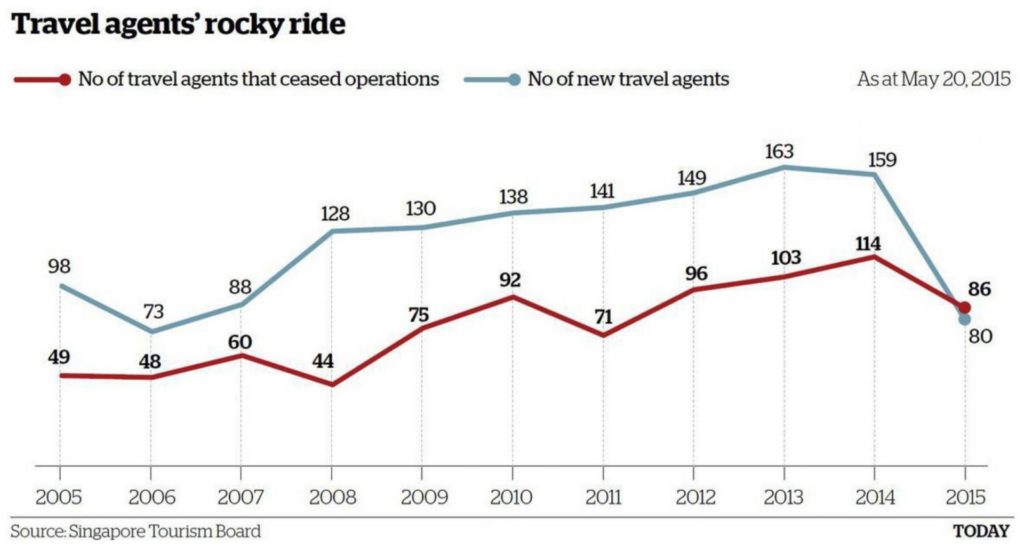There are few people in this industry I respect and admire as much as John Hanna.
John is the Pharmacy Director at Ohio’s Bureau of Workers’ Compensation, where he and Medical Director Steve Woods MD have done wonderful work on any number of issues.
Perhaps none so important as John’s work to revamp BWC’s formulary, pharmacy program, and pain management approach. After implementing a formulary AND the infrastructure to publicize it to providers and address authorization requests, here’s some of what John has accomplished at BWC:
- Injured workers were prescribed 15.7 million fewer opiate doses in 2014 than in 2010, representing a 37 percent decrease
- prescriptions for muscle relaxants and anti-ulcer medications decreased by 72 percent and 83 percent.
- In 2014, BWC’s total drug costs were 16 percent, or $20.7 million, less than in 2010.
- Opiate costs were down 36 percent ($19.9 million); muscle relaxant costs were down 78 percent ($3.3 million); and anti-ulcer costs were down 95 percent ($6.4 million).
- By 2015, total opioid doses for injured workers declined by 41 percent, and
- the average daily opioid load per injured worker in 2015 was below the 2003 level.
- The number of work comp patients considered opioid dependent was cut almost in half.
Think about that.
Due primarily to John, over 4,000 people are no longer categorized as “opioid dependent”.
His work has undoubtedly saved dozens of lives, will keep families whole and return hundreds of Ohioans to a functional, productive, livable life.
When John reads this he’s going to be kind of upset, because he will point to and credit everyone else involved in what has been, and continues to be, a big effort. And he’s right. That said, he’s the linchpin; the quiet, steady, very persistent and totally committed driver behind the change. This would not have happened without him. He was instrumental in getting BWC to pay for addiction treatment, using creative and personalized approaches to help injured workers get back to living without opioids.
This cut claims costs by tens of millions of dollars too, and therefore costs for Ohio’s employers and taxpayers – but this wasn’t the intent.
As long as I’m getting on John’s cranky side, I’ll also tell you, dear reader, that he’s the most modest person I know. Just one example – read his bio. See anything there about his service in Vietnam as a Green Beret medic?
What does this mean for you?
We hear too much about crooks, liars, and cheats in workers’ comp. Thank goodness for the John Hannas.









